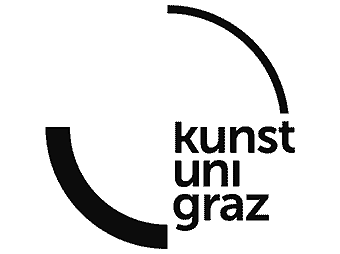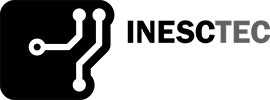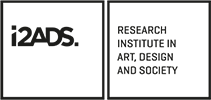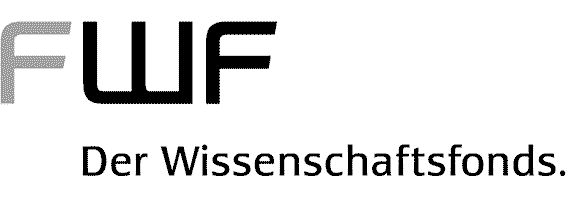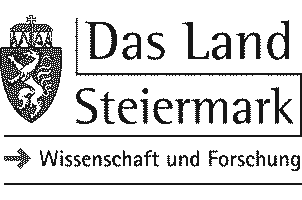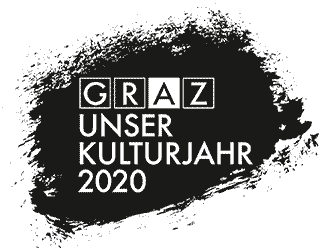Classification, Slippage, Failure and Discovery
This text argues for the potential of machine learning infused classification systems as vectors for a technically-engaged and constructive technology critique. The text describes this potential with several experiments in image data creation and neural network based classification. The text considers varying aspects of slippage in classification and considers the potential for discovery — as opposed to disaster — stemming from machine learning systems when they fail to perform as anticipated.

